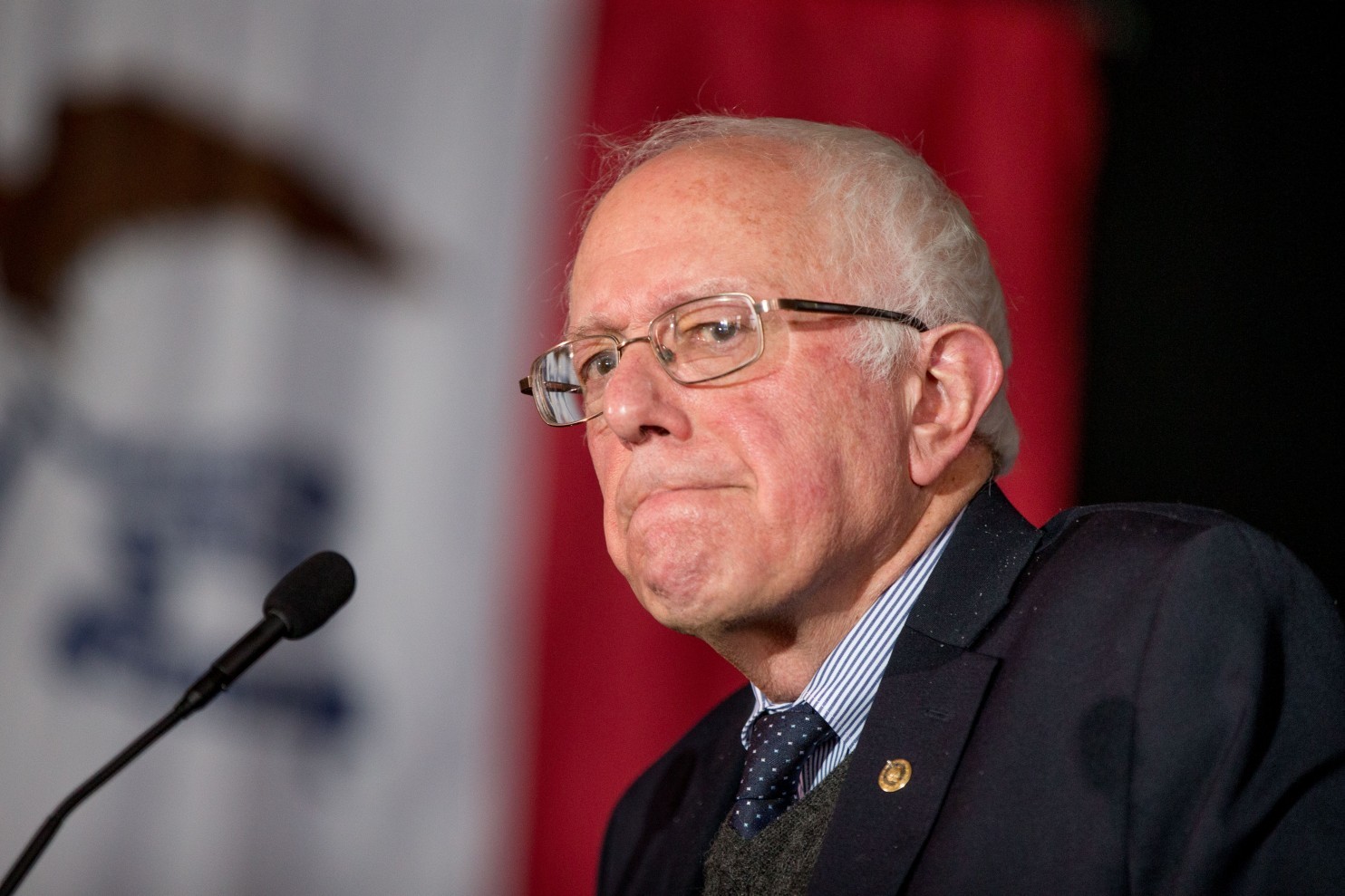

PREVIOUSLY A non-starter in American politics, democratic socialism is gaining traction due to the presidential campaign of Vermont Sen. Bernie Sanders, a nominal independent running as a Democrat. If Mr. Sanders is to close the sale with voters, he must show he has learned from socialism’s mixed history abroad and devised an updated version that will work in the United States. Judging by the sketchy single-payer health-care plan he unveiled just before Sunday’s Democratic debate, Mr. Sanders is not up to the challenge.
He would replace existing federal health programs, as well as employer-paid group plans and the individual insurance market just expanded by Obamacare, with one big program, at a 10-year cost of $41 trillion, or $13.8 trillion more than the government would have spent over the next decade under current law. He says the new system would pay for itself, partly, by eliminating the current tax exclusion for employer-paid insurance, along with company profits and administrative overhead — and by fully exploiting the government’s buying power to lower costs. Some $10.7 trillion in new money would have to be raised, through a 2.2 percent premium from households, a 6.2 percent payroll tax and a grab bag of stiff tax increases on upper-income Americans.
When all is said and done, Mr. Sanders maintains, a typical family of four making $50,000 will save $5,807 per year , and get full medical, dental and vision coverage with no co-payments or deductibles in return: “All you need to do is go to the doctor and show your insurance card.”
Put aside Mr. Sanders’s lack of political realism, or his dubious choice to tap the rich for huge amounts of revenue and spend it all, with nothing left for deficit reduction or the underfunded Social Security program. Mr. Sanders’s fundamental problem is how to prevent the costs of so much coverage expansion from outstripping even the huge overhead savings he claims and the huge new revenue stream he seeks. His plan contains two sentences on cost control; the gist is that government would have the power to “negotiate fair prices.” But what if those prices are not high enough to support the current level of infrastructure and services and some hospitals have to close? Mr. Sanders promises patients “no more fighting with insurance companies” about who and what to cover, and he’s probably right; those fights would move to Congress and the bureaucracy.
Health-care costs have been moderating in recent years, a fact the Sanders plan relies on to balance its books. However, a major reason for that cost containment has been the rise of high-deductible plans of precisely the kind Mr. Sanders wants to eliminate; cost-sharing encourages people to avoid unnecessary tests and other wasteful expenses. Branded, misleadingly, “Medicare for All,” the Sanders plan is actually unlike the existing Medicare for retirees, which has significant cost-sharing — but no coverage for routine vision or dental care.
Single-payer systems do indeed have some of the advantages Mr. Sanders touts for his plan — separating employment from insurance being one of them. Yet they all require an authority to tell patients they can’t have everything they want when they want it — just as private insurers must sometimes do in the United States. Honest proponents of the single-payer system level with the public about that. So far, Mr. Sanders has not.
- Publish my comments...
- 0 Comments
